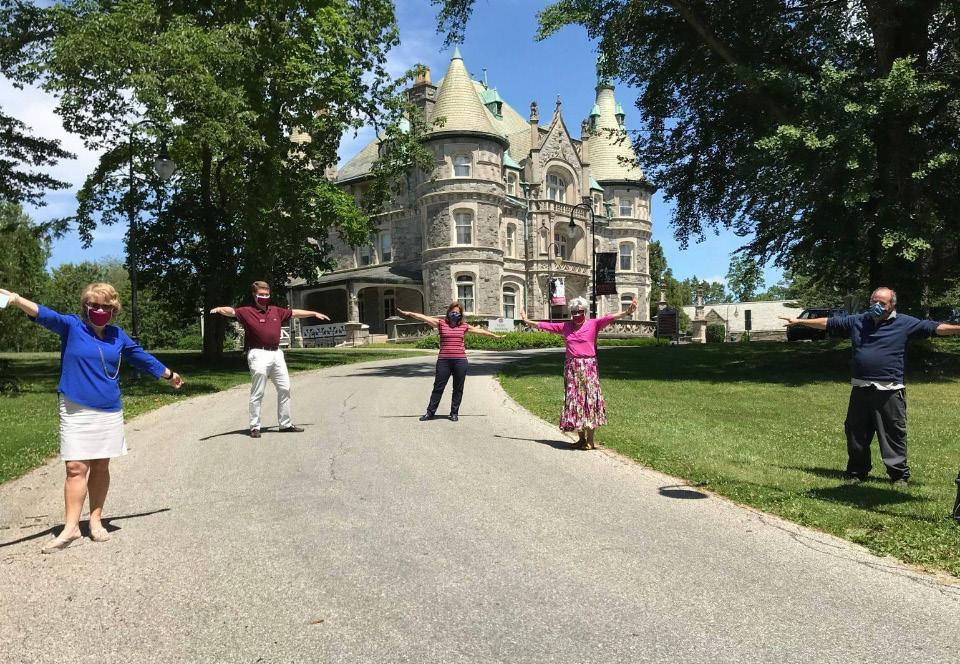
7 minute read
Rosemont One Year Later
Katie DuBoff
It’s been a year of Zoom, masks, and social distancing. Through it all, Rosemont has maintained a low positivity rate and kept students engaged. Let’s take a look back at the last year.
Advertisement
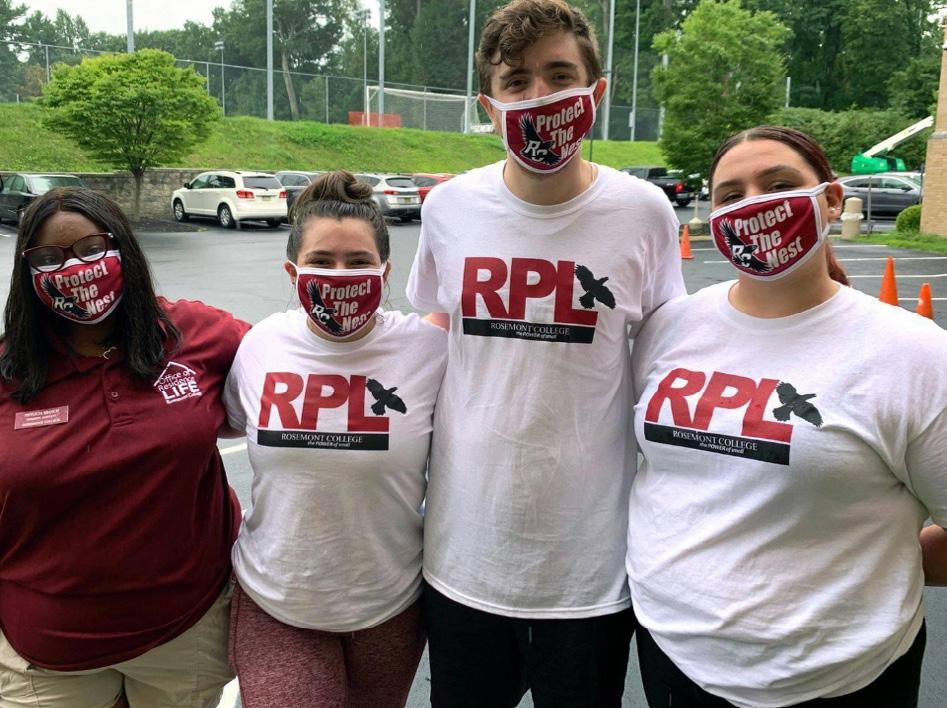
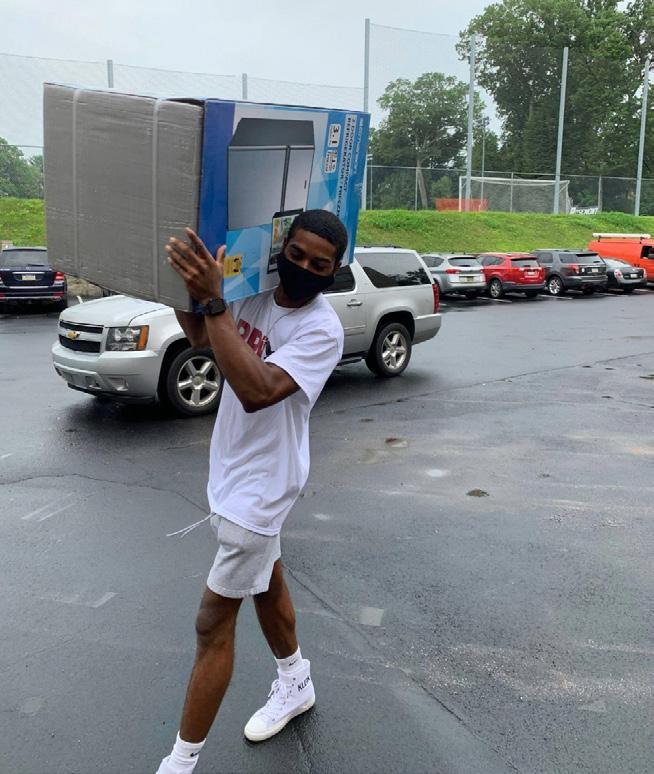

It all began on March 12, 2020 when the first communication came from then-Rosemont President Sharon L. Hirsh notifying the Rosemont community that campus would be on lockdown for two weeks in accordance with Governor Wolf’s statewide mandate. All courses quickly shifted to virtual. Students left their dorms. Campus was closed.
Two weeks turned to two months, and now, 12 months later, Rosemont has remained a vibrant institution that has kept pace with the quickly changing circumstances.
“It was a covid year, but it wasn’t a lost year,” said President Jayson Boyers.
Everything changed, but little was eliminated last spring and summer. Commencement was postponed to Spring 2021, and in its place last May was a virtual tribute to the graduates. Reunion became virtual, Accepted Students Days were produced as Zoom events. Dozens of alumni and college events were hosted on Zoom and brought members of the College and alumni community together. The Class of 2024 was still welcomed into the Rosemont community in a socially distanced Cap and Gown ceremony.
People helped each other. Faith Byrne, Juliann Ewing and other essential workers came to campus throughout the spring to perform functions that could not be completed from home. Dan Mason and Public Safety officers met students at the campus gate to provide laptops to those who did not have technology at home available to complete their coursework. Faculty members helped each other adapt courses for virtual platforms and even found creative ways to do it. The senior art show was transformed into an online format, for example.
President Boyers had to navigate the complexities of reopening the College while relocating to the Philadelphia area from Michigan in the middle of the pandemic.
When schools around the country were faced with the uncertainty of reopening in the fall, President Boyers and his Taskforce for Reopening had confidence that if any small college could successfully reopen, it was Rosemont.
“We are small and nimble,” said President Boyers. “I’m very grateful for the contributions of each member of the Taskforce, and I am proud that our work together this year has been focused on one goal: delivering a high-quality Rosemont College experience to each student, no matter what the coronavirus may bring our way. Our plan for reopening was carefully designed to safeguard the health and safety of every member of our community.”
According to a Chronicle of Higher Education study in October 2020, out of nearly 3,000 colleges, 21% offered a hybrid model for students. Rosemont was

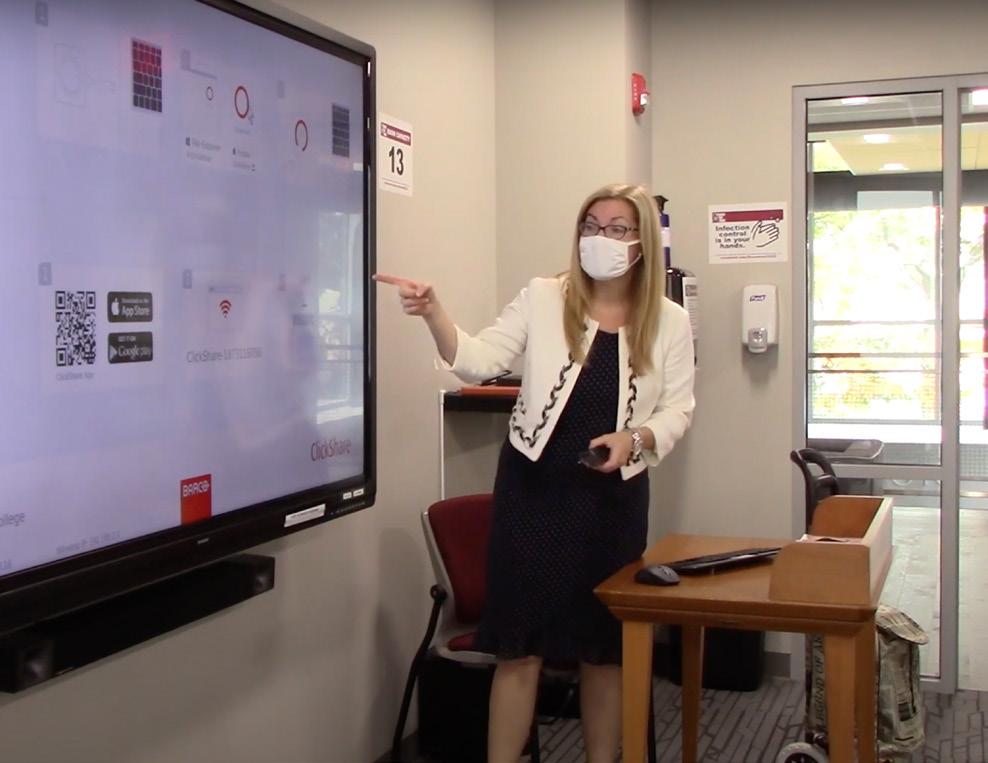
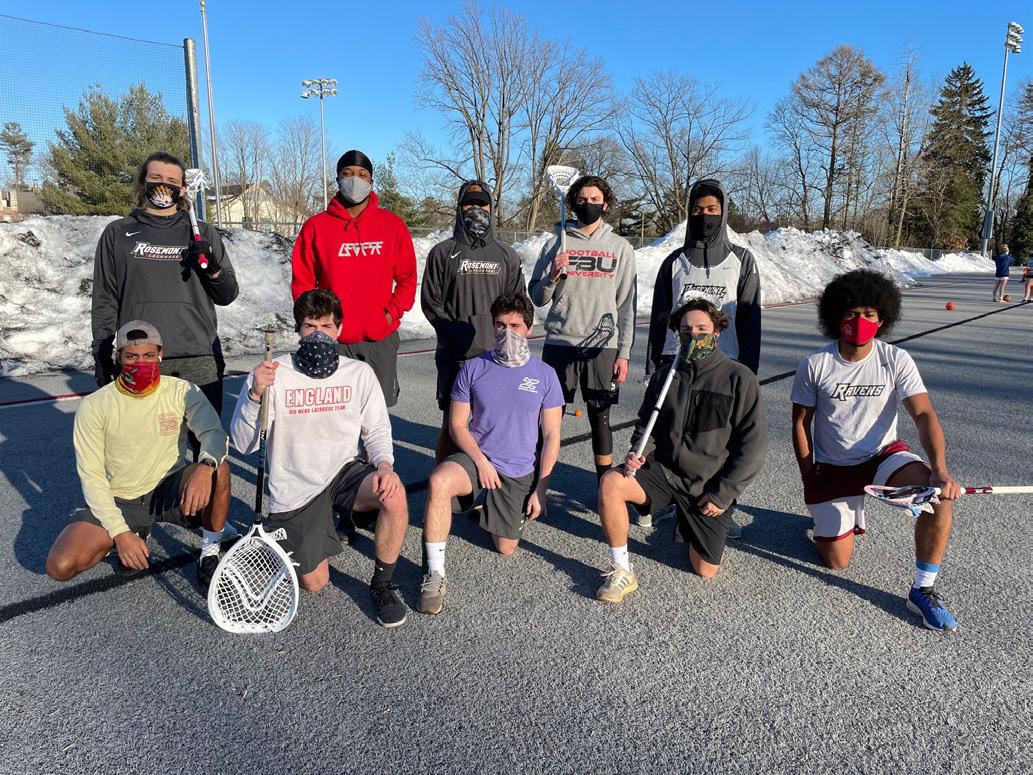


able to do just that, and created a new model to divide the semester into two, seven-week terms called Two Terms, One Focus as part of Rosemont 2020, the plan to reopen the College in the fall.
“Multiple initiatives were put into place including air filtration upgrades in all the buildings, enhancements in dining services, rearranging furniture to be six feet apart, temperature checks at the entrance to campus, a tent for socially distanced gatherings on Connelly Green, signage in all spaces on campus, and “Protect the Nest” face masks,” he said.
In addition, the Raven Safe app was created, with which all students, faculty and staff, daily report any COVID symptoms to allow them access to campus and classrooms, and the cafeteria.
In August, Rosemont formed a partnership with Main Line Health to help administrators plan, then test, and then reimagine the College’s Health Services delivery. All students, faculty, and staff were required to have negative PCR COVID tests at the beginning of each s\ emester. Quarantine rooms, set aside in Mayfield Hall, helped staff prepare to manage the few small COVID outbreaks on campus.
“Our plan to reopen campus first in fall 2020 and then spring semester 2021 was developed to reopen campus safely and bring our undergraduate students back on campus, because that is where learning and student engagement is best,” said Boyers.
“Adjusting to campus life during the pandemic was different, it was safe but it was different,” said Talaya Martin-Smith ’22. “I now have a collection of masks that pretty much match anything I put on and I carry sanitizer and wipes everywhere I go.”
Boyers said, “Throughout the year, we have tracked Rosemont College’s positivity rate, and it has been consistently much lower that rates in Montgomery County, and the state of Pennsylvania.”
In fact, Rosemont ended the Fall semester with a cumulative PCR positivity rate of 3.3%. The PCR positivity rate in Montgomery County, according to the Commonwealth’s COVID-19 Dashboard, had at that time increased to 12.1% and the PCR positivity rate in the Commonwealth had increased to 16.2%.
When it came time to reopen in the spring semester, President Boyers didn’t hesitate. With safety measures in place from the fall, the College community would be able to continue moving forward, as it always has.
“We’ve learned to adapt and continue to build relationships,” he said. “Our students have been resilient through all the challenges. We can reaffirm that we haven’t stood still. We have found new ways to do things. I’m proud of everything we have done, and I’m excited about what the future holds.”


Student Brings The POWER Of small To The Big Screen
For Talaya Martin-Smith ’21, the pandemic hits close to home. Her mother was diagnosed with COVID-19 in September.
The senior majoring in Communications with a minor in Marketing from North Philadelphia had just started an internship with Big Picture Alliance, an organization that empowers young people to define their own narrative through filmmaking.
“Due to COVID-19, the theme for student films was resiliency, and I thought there was no better way to showcase resilience other than filming my journey of going to school during a pandemic,” said Martin-Smith. “I found out my mother contracted the virus one month after I started interning and it wasn’t until then that I knew my film was meant to be created, seen, and heard.”
Martin-Smith created and produced her own film The POWER of small, a short documentary that chronicles life on Rosemont’s campus during the Fall 2020 semester of the pandemic.
Martin-Smith’s mother has recovered, but Talaya is quick to acknowledge that others continue to suffer from the devastating virus.
“I want my film to not only encourage and inspire everyone that things will get better, but I also want to inform them,” she said. “I want it to reach all those who have been and still are impacted by COVID-19. When watching my film, you should feel a sense of hope into the future while also remembering the panic and heartache because there are still people out there fighting for their lives and my mother was one of them.”
As Martin-Smith’s film depicts, Rosemont faculty, staff, and students have embodied the theme of resilience as members of the College community look back on the last year.
On March 16, President Boyers held a Zoom event entitled A Look Back & A Way Forward: One Year of COVID-19, a roundtable discussion focused on how the Rosemont College community has adapted, pivoted, and changed since the Spring 2020 shutdown due to the coronavirus.
“COVID-19 brought us challenges,” said President Boyers. “But, in the face of this challenge, Rosemont College did what it always does: approach the challenge with endurance, willingness and joy. The Rosemont community rose to the challenge, through the heroic efforts on our talented faculty, staff, students, and alumni, each doing their part and I want to say ‘thank you for all that you’ve done.’”
Faculty and staff members shared many lessons they have learned over the past year and how collectively the Rosemont College community will embrace the future post-pandemic.
Click Here to View Talaya Martin-Smith's short film chronicling the life of Rosemont's campus during the pandemic.










